Photography Illuminates the mind. But this can mean many things. I will explain how this is. As the topic is quite subjective as well, and the arguments contained will be problematic for some.
Photography creates a snapshot in time. A captured moment that is completely subjective to a particular. And specific that sometimes negates, juxtaposes, or evokes a particular feeling. Despite the context surrounding the production of the photograph. Or the context of the content within the photograph.
Photography is historically thought to have been created at the start of the nineteenth century and the art of photography has come a long way from its humble commercial beginnings in 1839.
Although before this period, people had been experimenting with photography.
History Of Photography
The first cameras used plates instead of film. They also needed long exposures for the picture to be of a usable quality. Indeed, one of the first attempts at photography is considered to be in 1800 – but it was deemed a failure.
From there it took 20ish years before Nicephore Niepce managed to successfully capture a reliably documented photo. Delay here is partially due to the idea that no-one could quite work out how to capture the image required in a reasonable amount of time. As it is, it often would take several days of exposure for the plate to actually be imprinted with the picture. This extended the length of time. And limited the pictures taken to be that of landscapes, cities and stagnant objects.
It would be unrealistic with the early photographs to have people sit for several days of exposure. In order for them to be successfully imprinted onto the plate.
Cost in the Early Years was a Limiting Factor
Another limiting factor of photography in the early years was that the plates were as expensive as the cameras. Although, sometimes, mistakes could be removed to a certain degree. There was still much limitation in what could and couldn’t occur with early photographs.
This is why it was common for a photographer to move around from community to community in much the same way that a traveling show would. Many smaller communities could not afford to have a full time photographer. And in the early years photography was more about the development of a business/service that people could buy. As ultimately, it would be cheaper for people to buy a photo. As it would be to buy a camera and develop that photo themselves.
Photographs Were Status Symbols
Success of the photography business depended on their ability to create photographs as largely status symbols of wealth, and power.
In the larger communities only the middle and upper classes were able to use the service. Rarely those in the lower and working class would be able to afford a photograph. Of course in the beginning when it was a new thing we were curious.
Now only a few are curious enough to continue with it.
Some Pictures Never got Taken
Length of exposure and the costs of the equipment in the early days of photography is why some pictures never got taken.
Cameras were used as a business tool, and not an artistic tool like they are today. Other limiting factors included the lack of movement that you could take with a photo. The photo currently doing the rounds on the internet is of Usain Bolt running at roughly 11 metres per second. His face towards the camera and a cheeky smile being given.
There is absolutely no way that early methods of photography could capture this. You could not take a true action shot with the older cameras. Would end up wasting a plate, only to have to clean it with chemicals to make it usable again.
A subject had to remain motionless for an hour or the exposure would blur, resulting in a poor shot.

This is why we see human subjects not smiling
As it took too long for the exposure to work. Some photographers had to employ tricks and tactics to make photographs work. Others used stilts to hold people up so they would be able to stay in one position. They would use the mothers holding their infants in their laps. With the mother under a blanket to photograph the child not crying.
They would use the scaffolding trick to hold up dead loved ones into poses to appear living. There were a multitude of tricks and tips used which would assist in the creation of these photographs.
Which brings an interesting point as to the captured snapshot within time.
Susan Sontag is considered to be one of the front runners when it comes to theoretical perspectives surrounding photography. Sontag argues in her book ‘On Photography’ about the construction of the truth. Or the construction of a snapshot in time. During a Parisian fair in 1885, onlookers discovered that the camera had the potential to lie. Thus making the idea of being photographed extremely popular.
Sontag goes further in relation to the relationship between the camera, the photographer, and the viewer. She states;
‘The photographer was thought to be an acute but non-interfering observer – a scribe, not a poet.’
A camera was thus thought of a direct replication of a particular viewpoint. It was a copy and not an artistic representation. So, it is clear that this view of the camera, and of photography has changed throughout the years. It is now understood to be a far more intrinsically complex relationship. Involving the camera, the photographer as the artist, and the viewer.

Photography Iluminates
Until the early twentieth century a common practice was to photograph your relative. Either right before death or shortly afterwards, this practice was called death photography. They did this so they could remember the relative after their minds had started to weaken from old age.
Idea is the same with portrait painting that had been done for centuries prior. Using photography for the same of remembering a person or event is still common. Think of this practice as holiday or vacation photographs. Taken to remember your visit and the time you had.
Photography was more considered to be a snapshot and replica of a particular moment.
With photography viewed in this light – it was inevitable that the ways we viewed photography would change dramatically. Once we started to give emotional attachment to the product of photography. That snapshot would no longer become simply a snapshot. But it would become a symbolic memory of sorts, which would allow us to fondly remember particular things, people or events.
Another way to think of this is through the catalogs of pictures used to keep track of animals around the world. Indeed ships started to take photographers on board. Photographers would travel the world to bring back unique and mysterious photos of seemingly other-worldly things.
Ultimately, photography lets you see a part of the world that you otherwise may never have seen through the eyes of someone else. It expands your mind and your way of thinking.
Scenic photography
Allows you to see parts of the world you may never have ventured out on your own to see. First photographs were in black and white as well as sepia and white. Color photography came much with the first one being 1861. With a later scenic photograph coming in 1877 by Louis Ducos du Hauron, the french pioneer of colour photography.
Ability for instant processing and disposable cameras came over a hundred years later in the 20th century.
A Keen Eye
With the older film and plates meant you needed a skilled photographer – this person would be considered a trade person. Or someone who had been trained to take photographs.
At this stage, photographers could not be just anyone. As the process of photography developed, the idea of specialized people being trained in photography became less prominent. Whilst there is still a diverse need for specialized photographers. Specifically to capture momentous events or occasions. In today’s day and age, this specialty is not necessary. Especially as we received the camera technology for instant pictures as well as the disposable cameras.
Skill of photography is easy to share, but hard to master.
Everyone can learn the skill in order to begin to take photographs. Some people firmly believe that it takes a truly talented person to gain the full knowledge.
Whereas others believe that the capturing of the perfect shot comes down to elements of skill, luck, and patience. This is why many fail to capture the true meaning of the moment they photographed. They either used too much light so the photograph is pale. Or they did not use enough so the photograph is hard to discern details.
In some cases the focus is off so the focal point is out of range. Some cases the focus is too strong so we end up with the focal point taking over the photograph.
Art of getting these things correctly and perfectly aligned is what makes a true photographer.
These days, a photographer is no longer considered to be a skilled trade. It is generally received as a form of artistry, where the photographer is an artist.
There are a myriad of variables that need to be ‘just right’ when it comes to photography.
Learning the right exposure takes practice. How to manipulate colors and light for that perfectly clear blend. For film this means learning which lamps are needed to create the right light. Non-digital cameras you need to ascertain which chemicals are needed for the processing and in which order they go in. How to properly zoom into the subject. This is why many have so many pictures they toss out. It became easier with digital photography you just mess with a few buttons.
Another thing that came with digital technology is Photoshop.
This allows for us to manipulate, add filters, and change the exposure and so on. So the original piece of work is far removed from the finished product. Issue with the creation of this technology is that the need to go to school to learn this skill has waned.
Everyone feels they are photographers if they have a camera. Whilst Photoshop is an incredibly in depth program, the basics can be learned through trial and error, and practice.
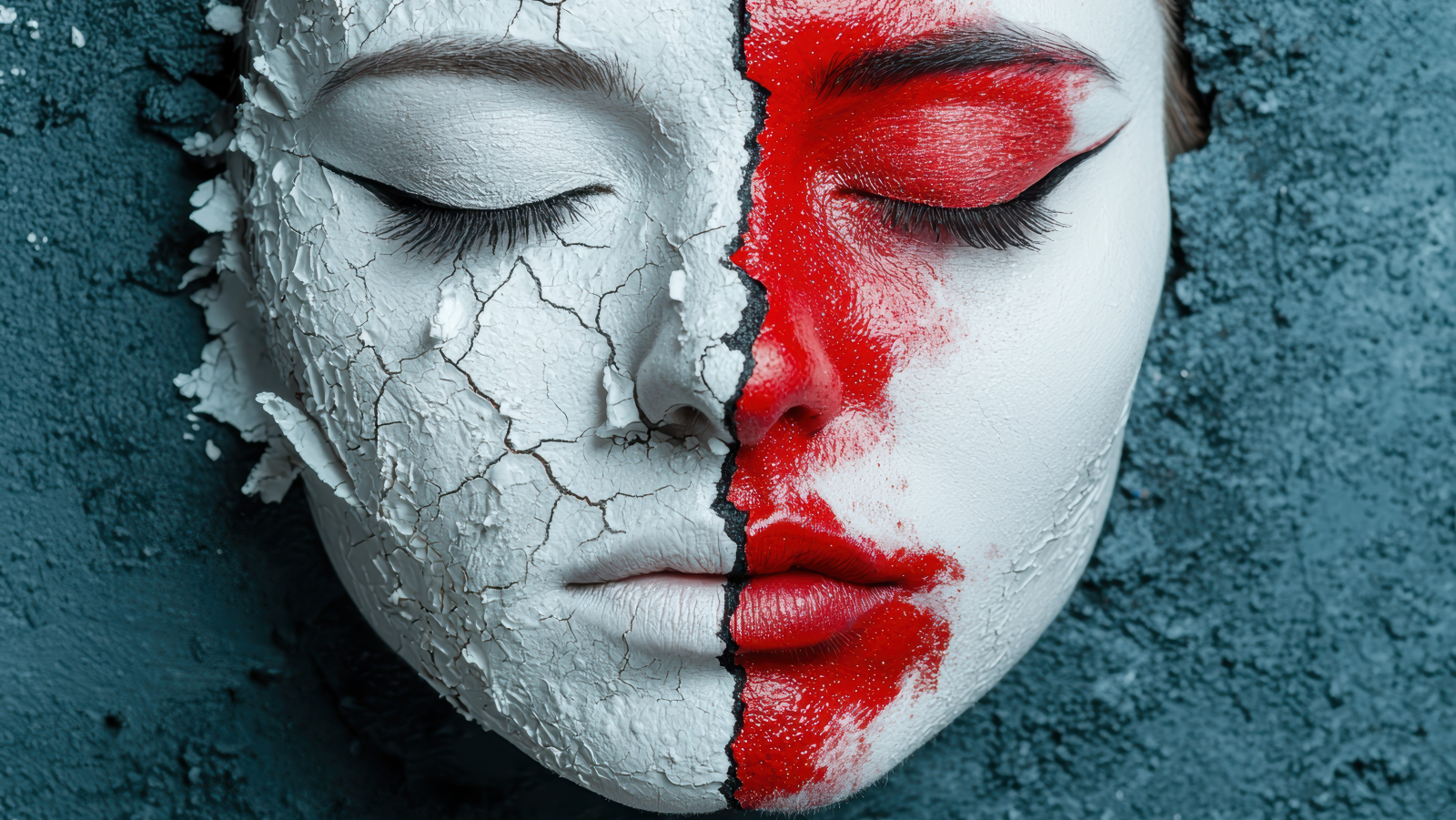
Digital Manipulation
It is important to note that the complexity of this digital manipulation program is in-depth enough to warrant classes and learning courses that potentially last a number of years.
Whilst it used to take some years to be considered a real photographer, anyone can now be a photographer. Not everyone can be an artist specializing in photography. Photoshop also allows for us to change the photograph. So it shows things that are not actually there. It can also remove things that were there.
Used to be that photographs told a truth
They were the eye that never lied. With this technology it is hard to tell what the truth is and what has been changed to fit the perspective, the artistic context. Another thing we often see with digital photography is the use of Escrita Luz or writing with the light.
Photoshop allows for us to place writing into our photographs.
How It Changes Ones Outlook
For the photographer this process is a way for them to express themselves.
You can see the world from their viewfinder. See emotions in photographs, just by a change of colors and perspective. Photographs are a great way to express a viewpoint without using words. You can ultimately tell a story through a particular focus. Lack of colors, light and shade and a myriad of other contributing factors which can alter the shot.
This is a great thing for those that lack the abilities to read and write. And this is why it is such a great tool for young children. They can see what you are talking about. Colors also keep them entertained, you can teach with colors and shapes.
Shadows and light also teach us. We learn that things disappear in the shadows but appear in the light. This is how we change the view for other people. We show them, we frame it in a particular way that tells a story to the viewer.
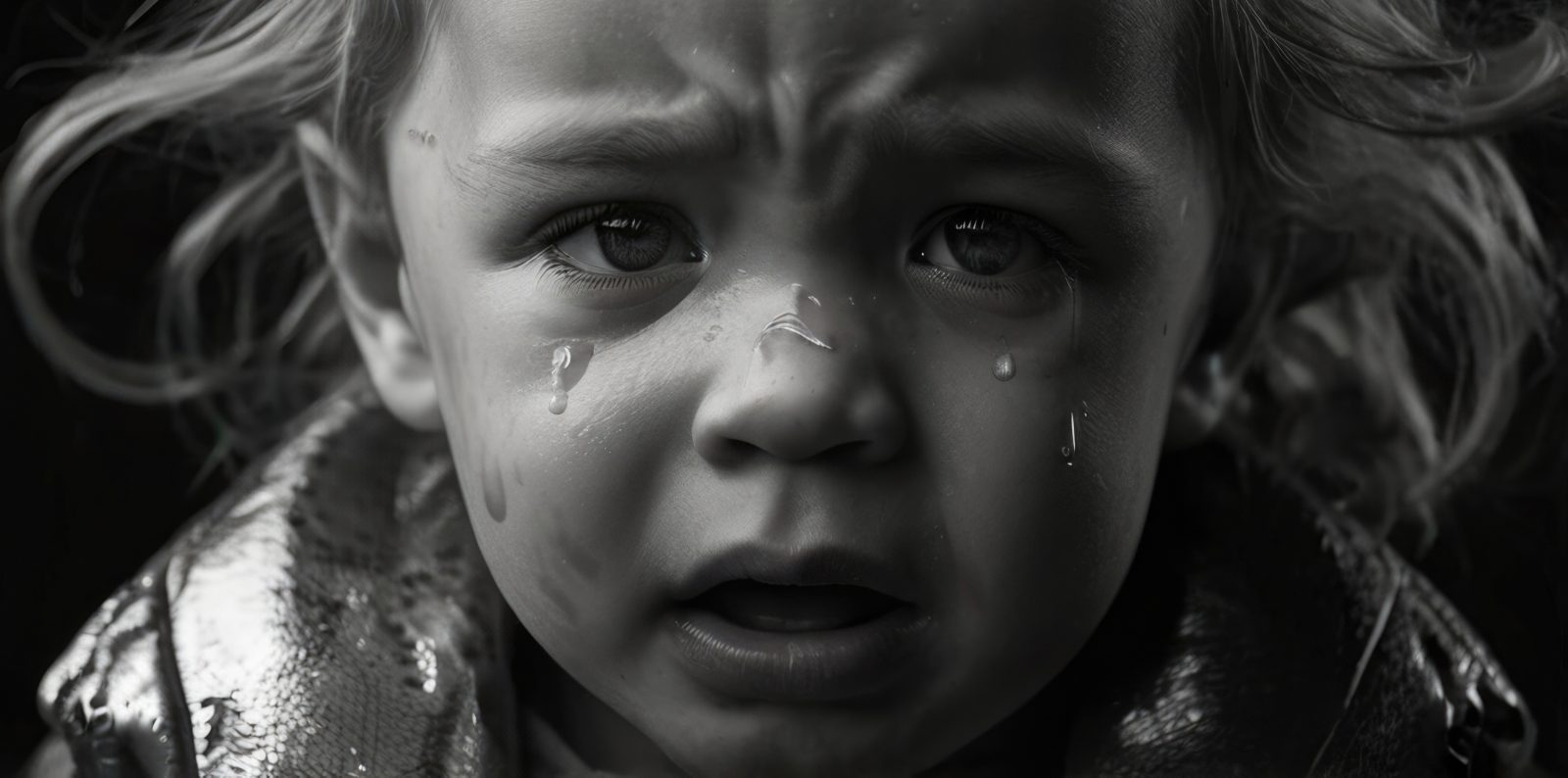
What you are photographing also changes people’s outlooks.
This is why the photographs by Dorothea Lange taken of the migrant workers during the great depression years have had so much impact on people.
You could see the exhaustion and pain on their faces. These pictures taken in the dust bowl area allowed you to see how dirty the subjects and backgrounds were. You could see they were tired of washing the dirt off and so they had left it on. Pictures of people wearing flower sacks as clothing showed how much creativity people had to survive. Despite having the ability to take photos in color, she has deliberately taken the photos in black and white. This can exemplify the haunting aspect of the situation.
It is clearly an event and a perspective that illuminates the mind, when this perspective changes so does the outlook. The way we all see our world is what makes it so special. This is why photography is such a strong visual art. With the ability to manipulate our thinking, to see new things and to change perspectives.
We all have things that make us unique
Our special traits our personal gifts. For some it is the gift of taking breathtaking pictures. Just having a knack to see things in a particular way, and then frame them for the viewer. Photography seems easy, it is remarkably deceptive. Anyone can point and shoot. But the ability to tell a story as opposed to capturing a specific moment in time is a skill, and the distinctions between them are profound.
An ability to show exactly what you are intending to show. The ability to see beauty when everything else around you seems bleak. Or the ability to see bleakness when surrounded by beauty. Without the advent of photography these talents may have never been developed in the way that we understand them now.
If we had neglected the art of camera, photography, and film, then we would still be relying on paints, and other such artists. Whose interpretation of the world is ultimately different. They would be, in a way, unable to capture the truth as it exists in front of them. For with their stylistic brushwork, re-working the light, and removing unwanted features from the painting – they would no longer be capturing ‘truth’.
An important element in the construction and discourses of photography
Representation of truth, even if we decide to play, alter and tweak that ‘truth’. We may think that painting and its artistic presence would have stayed in place in the level of relevance that it provided.
This is doubtful since many of us lack the ability to paint with any real skill and purpose. Medium was becoming out dated in terms of what was needed. Photography is easier for everyone to use. We can all snap a picture, click a button of sorts and capture a moment in time.
Thing is do we really remember how to actually take a true picture anymore? Not many of us ever learned this, in fact only a few still know how.
Why is it important to remember this?
- What is your favorite color and what does it make you think of?
- How does it make you feel?
- What are the emotions that come to mind when you’re looking at this color?
That’s the thing about Photography
It allows you to share how you feel and think. In other words, it allows you to share on how to be unique.
Think of the photographs taken from outer space. How many of us have actually been to outer space? Hardly anyone will ever have the opportunity to see the view of the earth from the moon. This is what makes them so awe inspiring. Their ability to make our jaw gape. And their ability to encapsulate the world within a single frame helps us reach the realization of just how small we are in the universe.
It is thought provoking, and thought changing. Photographs allow everyone to see this breathtaking view that only a few experience.
It is the same for the photographs taken from the top of Mount Everest
Tallest mountain in the world. They provide a perspective that not everyone will have the opportunity to see, and it is frightfully awe inspiring. Photographs taken of the ocean floor allows us to see creatures many will never see. Reach a part of the world that is beyond the normal persons reach and vision.
How would we know that creatures that which live below the water’s surface, and deep within its pitch black depths, will glow in the dark since natural light does not reach them?
Without photographs only sailors and explorers would have had the opportunity, at one stage, to see different parts of the world. Only other way you could is if you had moved from one country to another. This is why many only know what a tiger looks like by a photograph.
Same idea for remote areas, some only get seen by photographs.
They allow you to be worldlier, for you to be more aware of your surroundings. Dangerous part here, is that you’re often encapsulating an entire experience within a single photograph.
When climbing Mount Everest to reach the top you don’t notice the extremely hard work that the people would have had to have done in order to reach the top. A photo encapsulates just a small part of the experience. Ultimately however, it does allow you to be worldlier within the context of your current understanding of the world. From what you have currently been exposed to.
More you are aware the more you are a part of the world – the more realistic this skill and understanding becomes.
For law enforcement pictures
Allow them to show the public what a dangerous person looks like, think mug shots.
For a forensic scientist they allow the scene to be chronicled so that it can be studied at a later date. Hundreds of photographs will be taken, from a multitude of different angles. This allows for justice to be served correctly so we are not imprisoning the wrong people.
As such – there are different types of photographs.
These photographs have been taken with a clinical lens, purely to document. There is no emotion within these shots. Yet they serve their purpose of being a snapshot in time. A perfect encapsulation of a specific moment at a particular time.
Chronicles of Time
Photographs then, unlike other forms of artistic mediums, can considered to be both evocative, and to be chronicles of time. Despite the idea that these photographs have a tendency to show us just how gruesome the world can be. Just how evil some people are. They are not necessarily created within an artistic head space which allows for evocative emotional responses.
For the culinary world we use photographs to capture the beauty of our food.
This beauty exists in several ways. Visually, through taste and texture, just to name a few. You can teach someone how to cook by showing them pictures alongside the recipe as a visual representation of the order of events. Teach them presentation and how to present. A particular skill you must either learn at the hand of a master chef or by being self-taught pictures and diagrams.
For centuries only paintings could show the world
Issue is this takes so long only one view is shown. Pictures can now be taken within milliseconds of one another to show a panoramic view. Digital cameras can now do panoramic views without the need to edit together photos. Thus presenting a view from all sides of the subject at hand.
Pictures taken of royal homes allows for the royal subjects to see a snapshot of the world their representatives see daily.
Why is this important we all think and ask?
Thing is it is only important to those that want it to be. For the general population it is not that important to see. Yet the right photograph of the right subject for the right person means the world, and it changes their perspective.
We have all witnessed recent events where a particular photo of a person wearing a specific thing has resulted in the sell-out of that item. It results in a multitude of different copies being created. Ability to take a photograph can change a person. As can the artistic and visual representations that they produce from taking the photo.
We all hunger for the unknown and it is a special gift to capture it.
It makes you look, and actually see.
Instead of looking but not really seeing anything. Shows the passage of time, it allows for us to see one century from another. It allows us to show you how light changes, as well as how it makes you feel. Also shows you how darkness makes you feel when you see it.
Like art, there are some photos that you’ll notice things differently over time.
Over time you will develop different understandings of the photograph. See different and new things within it. It shows you distance by showing you different views. Alters the passage of distance through the idea that it makes it seem real. You can see how long a bridge is by different viewpoints.
For those that love to learn, the skill of photography and the consumption of photos is a wonderful, and useful tool. You can learn new things every day. Then use them within your exploration and interaction of the world. It shows you how you can travel within your own world. Yet show different points of view. How you can have so many options within your back yard.
It teaches you to not waste time.
Instead of just letting it pass you by you grasp it and use it. Keep in mind the further in time you back track the more distance you lose. Skill also makes you focus. It makes you actually stop and think about what you are doing so you get the right shot.
In many cases it makes you appreciate the world around you. Which in turn makes you want to share the world to others. Can be as simple as wanting to share a sunset.
Why Change Your Outlook?
Some ask why we would want to change our outlooks.
Wider your outlook the better off you are, the more you learn, the more you evolve. It gives you deeper insight it allows you to compare your life with another.
Think of two photographs. One of a table full of food and another empty with barely enough. It makes you feel grateful that you have enough to eat, even extra to spare. Photographs have long stood aside the written word and art to invoke feelings.
A picture of a flag burning makes many angry and patriotic. While just reading about it may not get the same amount of feeling stirred up. For some they need to visualize what they are supposed to feel. They need to visualize what they need to learn.
This is why photographs are used so deeply in how we learn and feel.
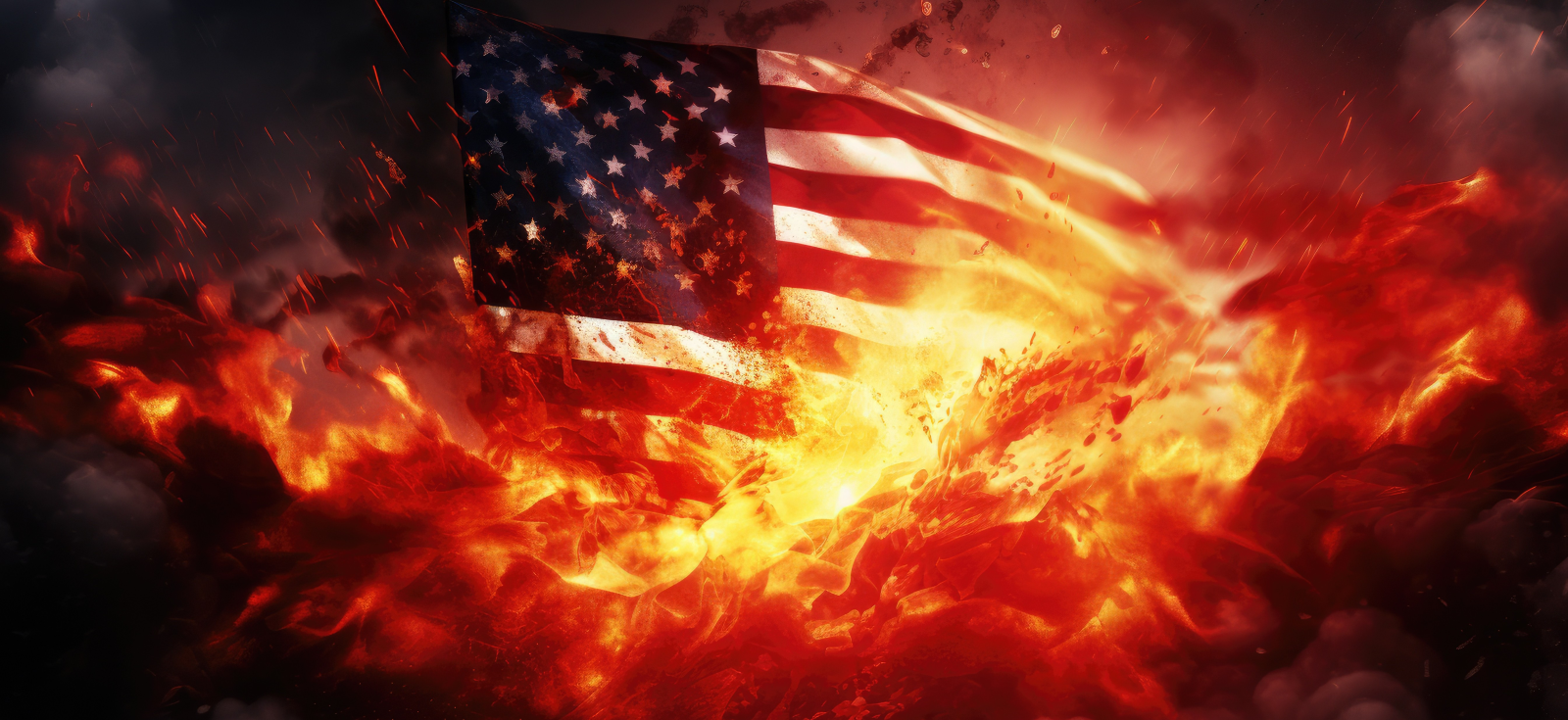
Some use photographs to try and change the outlook of certain situations.
Think of the photographs taken of empty forests that have been purged of timber. It makes you want to save the forests. Photographs of empty lake beds. It makes you want to save as much water that you possibly can.
These feelings are changing your outlook of the world. Pictures of the Sahara desert make you feel grateful not to be surrounded by mountains of sand. The pictures of the piranha fish in the Amazon remind you not to go into the rivers. Photographs show the world just how diverse we really are.
Every country on every continent has a viewpoint to share. Yet we can also find things that make us the same. Humans all have conscience photography gives us the ability to voice it.
In some cases we use pictures to shock the world.
We use them to bring to life the hardships others face. From the photos of VJ day with the iconic kissing couple, the photo of the atomic bomb at Hiroshima. Photo of the Sudanese toddler being hunted by a vulture. And whose photographer, Kevin Carter, committed suicide three months later.
Iconic photo of Phan Thi Kim Phuc concerning the Napalm bombing.

These are just some of the photos which have ultimately changed the world.
They have been subjected to intense debate. Changed the topics of conversation across the globe. Resulted in action being taken about a myriad of things. These photographs, have brought horrors, triumphs and tragedies to the forefront of human minds.
We may be forced to think of the children in Africa that are so hungry their eyes are showing true hunger. Or in the case of the photo which was taken in Karamoja, Uganda in 1980. Featured the extreme juxtaposition of a missionary and a starving boy. Didn’t need any words to describe the horrors of the famine spreading through Uganda. It showed them.
Mercilessly, and without remorse. It is an extremely haunting image that speaks volumes of the context of the world.
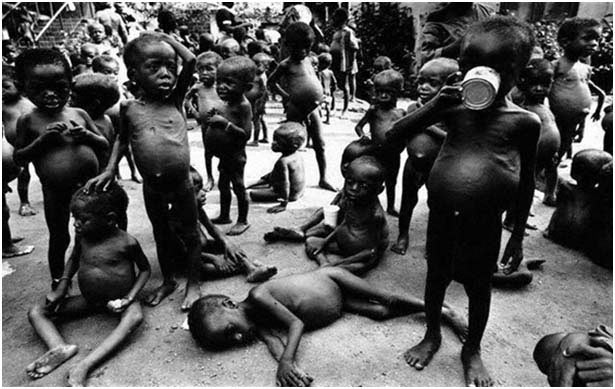
Think of the pictures showing people drinking dirty polluted water
Because they have no other choice. It is often in stark contrast to our own world and understanding of the world. The photographs taken during war – allow later generations to glimpse what their ancestors went through.
For those with family that lived during those times it often makes you more empathetic. Developing emotions, and creating images that will haunt you. For centuries war meant people going away and just not returning for years if not decades some not at all.
News would be scarce. Letters would be practically non-existent. People would wait at home for their husbands, sons, boyfriends, neighbors to return home.
If they returned home at all.

Photographs allowed for us to see what was happening while they were gone.
For some this is just as simple as showing them what their neighborhood looked like before houses were removed and businesses added. Or before bombs, fires and other disasters have ripped through a crowded city.
It can also be as simple as showing an angry sea to a fisherman’s son that has never set foot on the boat. As simple as photographing a fire decimating a forest in just hours. A fire eating a building to dust. Photographs allows a fireman to show people how his job is dangerous.
We often tend to forget that while we are kept safe it risks someone’s life. Become more aware of our surroundings as well as becoming more in tune with them.
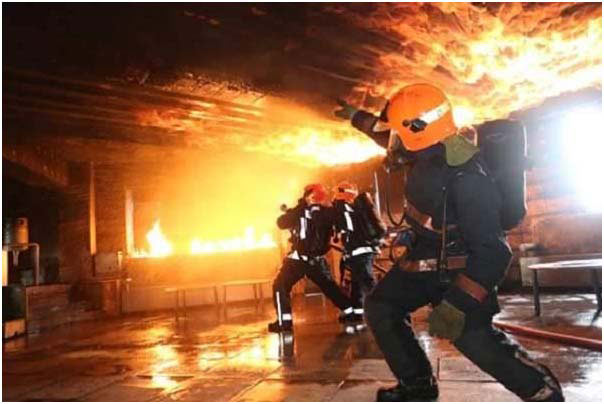
It used to be that we only had maps to lead our way into new places.
We must keep in mind that at one point there was no map. Someone walked the route blind in order to create the map. Issue with maps is that they are not always accurate. This is where photographs come in handy. It kept the maps accurate, even as the landscape changed with the passing of time.
Used to be we did not know what was in the middle of the oceans. We thought they were filled with monsters and black abysses. Now we know that the oceans are the same from one shore to another. With the exception of islands breaking them up.
Some maps show borders that are no longer around.
They show countries that have stopped existing in the sense of the word for decades. Yet the actual country is still there it is just often listed under a new name. Photographs show us this. They show us the country that no longer exists as a new country we now know.
We can track the changing world with a camera and a keen eye.

A Child’s View
When we give a small child a camera we allow them to take pictures of what interests them. This gives parents a view of what their child sees every day. Some of the best photographs have been taken by minors. Because they contain that raw instinct and innocence that adults seem to have lost.
It is thought that childhood is where innocence resides. This is partially true because as a child we are naïve to many of the world issues, and the problems affecting adults. They see the world in a different way. Care free of the issues surrounding the responsibilities of being an adult.
As we grow we are made aware of things we wish we never knew. This taints the innocence until it is lost. Makes protecting our children from learning these issues until they are old enough to understand them.
Some things we wish we could keep from them forever such as war.
Thing is if they learn about them they grow as a person. That will always be a problem. In allowing them to grow as a person we must take away the innocence that youth gives us. Perhaps we will find ways to show our youth what they need to see without removing their innocence.
We need outlook we need this change so that we are able to accept the world.
For many seeing is to believe
We have had stories and folk lore for centuries. Now only photographs and paintings actually captured what the person had been telling us and presented us with a visualization. It backs up what they were saying. So they can prove to us it is the truth.
We as human beings need this it gives us closure and acceptance. Yet we still know that not everything can be explained by a photograph. These are the unknown we are always fighting to make the unknown known. As photographs capture our worlds the rest of the world is not so small to us anymore.
Once the entire world is known, it is a question of what we will do.
Will we still adventure? Still try and capture new perspectives? Only time will tell if we continue on this road or if we change paths later.

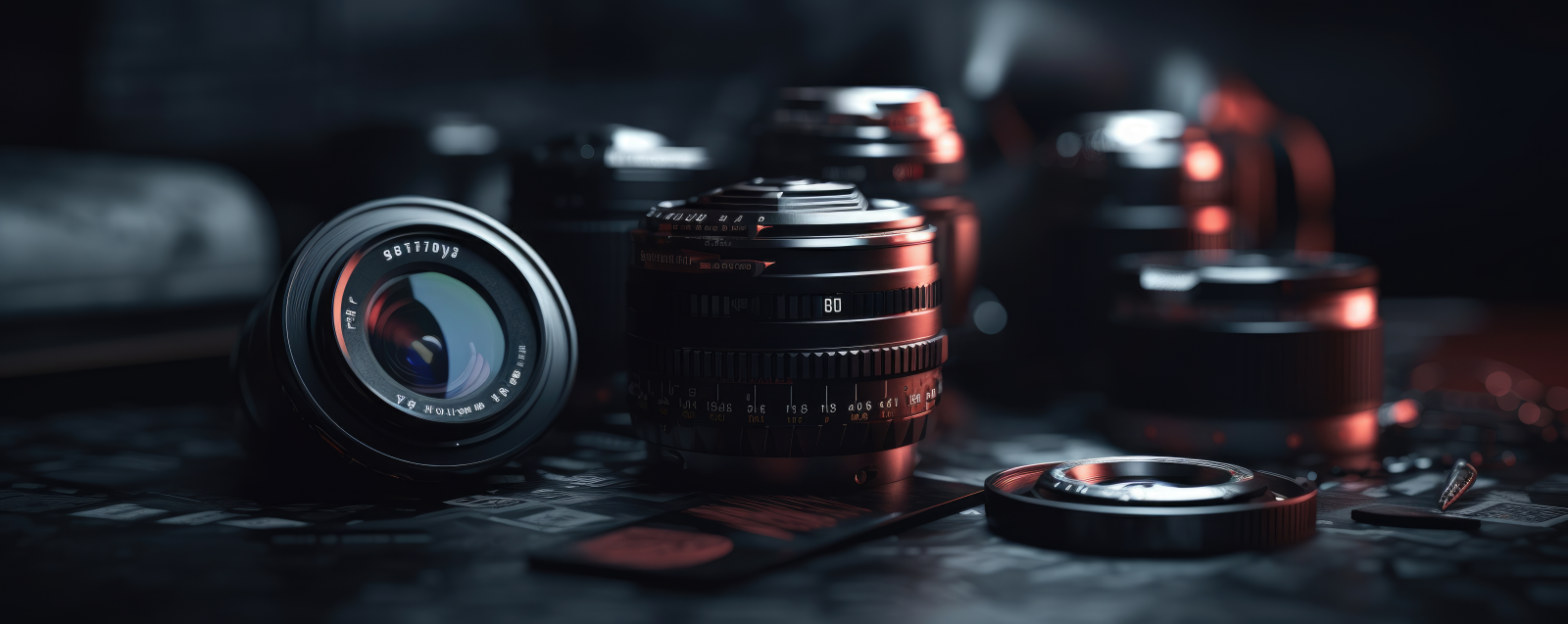
You must be logged in to post a comment.